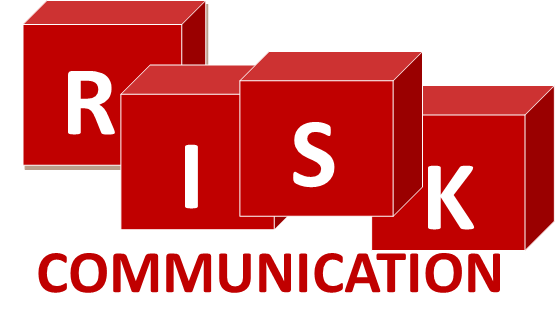This column brings together the previous three columns to what communication managers often face – Crisis Communication. Risk or crisis communication is a rather niche area of practice. Risk communication deals with risk elements, whether they are appropriately tolerable, and risk consequences. Risk communication, is closely associated with threat sensing and assessment.
In practice, risk communication most often involves the production of public messages pertaining to risks that businesses or people might face and environmental hazards. These messages primarily are engineered to induce a change in behaviour change by presenting a threat and describing a behaviour or behavioural change that may alleviate the threat. Efficacy is the effectiveness or feasibility of the change in behaviour in alleviating the
threat while self-efficacy pertains to the belief that the recommendation can be carried out. A good communication strategy relies on the assumption that all the stakeholders have a generalised right to know about hazards and risks. The availability of information allows them to make informed choices. This meets the objective of risk communication by facilitating decision making and risk sharing.
Organisational crisis, such as a factory explosion, building fires, employee violence, toxic spill, or accidents usually generate public and media interest and very often criticism. This requires the crisis communication role of PR to defend and explain the organisation’s position when faced with crisis-induced criticism, threat, and uncertainty. This, most often, and rather erroneous, involves two defensive strategies:
‘‘deny that a crisis exists, refuse to answer media questions, and resist involvement by appropriate agencies’’
or
‘‘releasing partial, often inaccurate and delayed information while concealing unfavourable facts’’.
Unfortunately this practice has led to a cynical view, reduced organisational credibility and often significantly enhanced the harm. Over time, relying on the learnings of trial and errors, the notion of crisis communication has evolved. One fundamental change involved a fundamental rule among practitioners that an honest, candid, prompt, accurate, and complete response to a crisis is always required. This is accomplished with open channels of communication to prevent or reduce the negative outcomes of a crisis and thereby protect the organisation from further damage. A good framework-based strategy should be designed to –
- Reduce and contain,
- Provide specific information,
- Initiate and enhance recovery,
- Manage image and perceptions of blame and responsibility,
- Repair legitimacy,
- Garner support and assistance,
- Explain and justify actions,
- Apologise,
- Promote learning, and change.
The objective is to seek talk points to explain the specific event, identify the consequences and outcomes, and provide specific useful information to affected communities. One of the principal distinctions between crisis communication and risk communication concerns their origins. Crisis communication typically is associated with PRs and is grounded in efforts to strategically manage and frame public perceptions of an event so that harm is reduced for both the organisation and stakeholders. Risk and crisis communication have much in common and intersect at a variety of points. In fact, crisis communication is a more limited form of risk communication. Both forms of communication involve the production of public messages designed to create specific responses by the public. In both cases, the messages largely are mediated through mass communication channels, although they also have public communication and group communication dimensions.
This is where the lines grey out between risk communication and crisis communication. While each rely on credibility as a fundamental attribute, they manifest in different ways. Both share an essential purpose of seeking to mitigate, and reduce harm. Beyond these fundamental commonalties, risk and crisis communication diverge –




Be the first to comment on "Crisis and emergency risk communication"